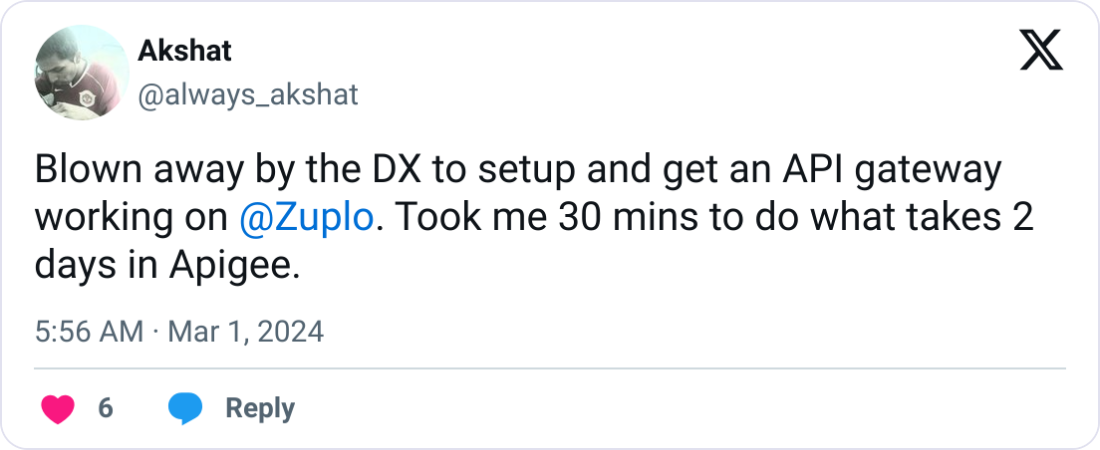In just four days during Black Friday weekend 2024, Stripe processed $31 billion in transactions through its payment APIs. This massive volume highlights how financial APIs have become fundamental to modern commerce, powering everything from digital payments to lending platforms. With the API monetization market expected to reach $72.6 billion by 2033, companies like Stripe, Plaid, and Square have already built billion-dollar businesses by offering their financial services through APIs, each using distinct pricing strategies that match their services and markets.
If you're a fintech founder - you're probably hoping to join the ranks of the aforementioned fintech titans ones day, and might even be considering API monetization as a part of your business model. API monetization models in fintech differ compared to traditional SaaS models, which we will discuss below. I'll also discuss the technical infrastructure needed for effective API monetization and provides practical guidance on selecting the right model while addressing key requirements like regulatory compliance and security.
Core Monetization Models#
The fintech industry uses several proven API monetization strategies, each optimized for specific use cases and customer segments. The right model depends on your API's value proposition and how customers derive value from your service.
Transaction-Based Pricing#
Transaction-based pricing remains the most common model for payment processing APIs. Stripe's pricing structure charges 2.9% plus $0.30 per transaction for standard online payments. This model works well because it directly ties revenue to customer success - as customers process more payments, both parties benefit. The key difficulty is managing margins since processing costs and interchange fees affect profitability.
Subscription and Usage-Based Models#
Plaid's pricing model demonstrates how subscription pricing works well for APIs providing ongoing data access or vital business services. The Pay-as-you-go Usage-based plan allows pricing to scale with customer growth while maintaining profitability. Their custom plan likely involves a fixed commitment with a volume-based discount, which accommodates high usage levels while providing predictable revenue. This hybrid approach has become more popular as it combines predictable base revenue with growth potential.

Over 10,000 developers trust Zuplo to secure, document, and monetize their APIs
Learn MoreRevenue Sharing#
Revenue sharing creates strong alignment between API providers and customers. Affirm's Buy Now Pay Later API charges merchants 3-5% per successful transaction while offering consumers interest-free payments. This model works particularly well for APIs that directly enable revenue generation for customers. Square combines revenue sharing with subscriptions, charging transaction fees for payments while offering subscription-based additional services.
Implementation Tools and Technologies#
Modern API monetization requires strong technical infrastructure to track usage, manage billing, and provide analytics. While you could list your API on an API Marketplace - I would not recommend this for a professional fintech company. Instead, you should utilize an API gateway like Zuplo which provides core functionality for implementing usage-based pricing through request metering with platforms such as OpenMeter, and billing system integrations like Stripe. Gateways typically handle authentication, track API consumption, and enforce rate limits while connecting with billing platforms like Stripe for automated invoicing.
Integrating with Stripe's monetization tools is typically a good idea compared to standalone solutions - as they can handle the billing side - managing subscriptions, usage-based billing, and payment processing - while your gateway handles the usage tracking and plan enforcement. Stripe isn't your only choice of billing provider - Paddle may be a good choice for international expansion.
Fintech-Specific Considerations#
Regulatory Requirements#
Financial services operate under strict regulatory frameworks. The Payment Services Directive 2 (PSD2) requires Strong Customer Authentication for financial APIs in Europe. The Payment Card Industry Data Security Standard (PCI DSS) mandates specific security controls for payment data. Your API monetization strategy must account for these compliance requirements.
Security and Performance#
Financial APIs require enterprise-grade security and reliability. Modern fintech APIs implement OAuth 2.0 for authorization and encryption for data protection. Response time and uptime guarantees have become standard expectations, with many providers offering 99.9%+ availability SLAs.
Selecting Your Monetization Strategy#
Start by identifying how customers derive value from your API. Payment processing APIs fit transaction-based pricing, while data services often work better with subscription models. The 2023 State of the API Report shows successful APIs adopt hybrid pricing models that combine multiple approaches.
Test your pricing structure with a small beta group and track key metrics like customer acquisition cost and average revenue per user. Twilio's Conversation API demonstrates effective tiered pricing, charging $0.05 per monthly active user with volume discounts for larger customers.
Fintech API Monetization With Zuplo#
Zuplo's monetization solutions simplify fintech API monetization implementation. The platform integrates with OpenMeter (as well as Amberflo) for tracking events, which in turn integrates with Stripe for payment processing. Zuplo also includes a Developer Portal for self-service API key management, which also integates with OpenMeter for subcription management and usage analytics. Leading fintech companies like Hearsay Systems, Sagent Lending, and BlockDaemon have achieved 70% cost reductions while maintaining strong API security using Zuplo's platform. If you're interested in learning more or getting started, contact us to setup a demo.